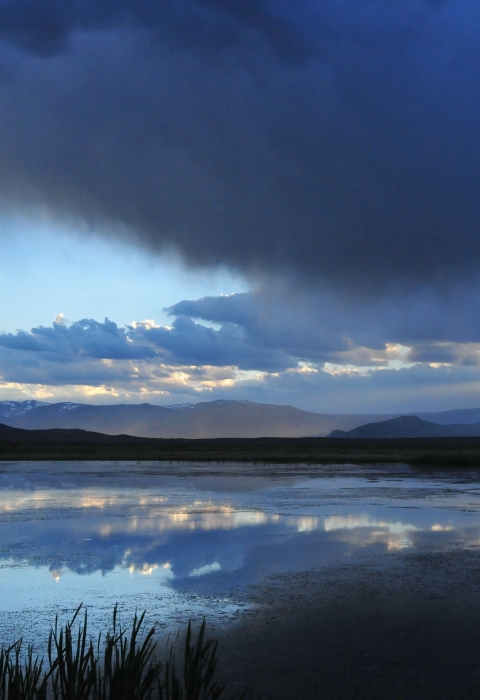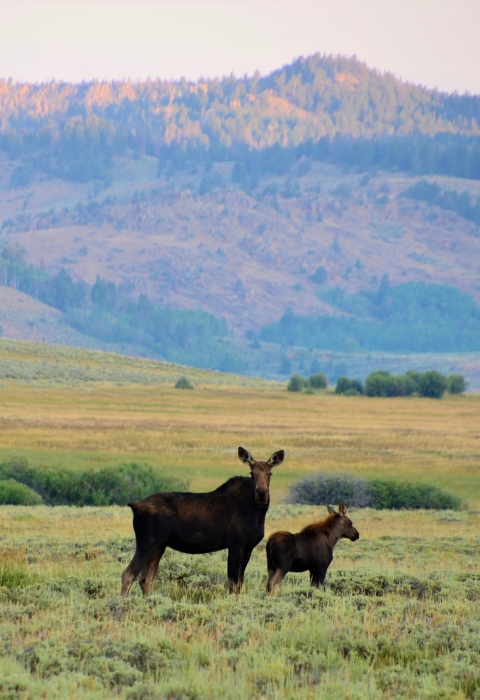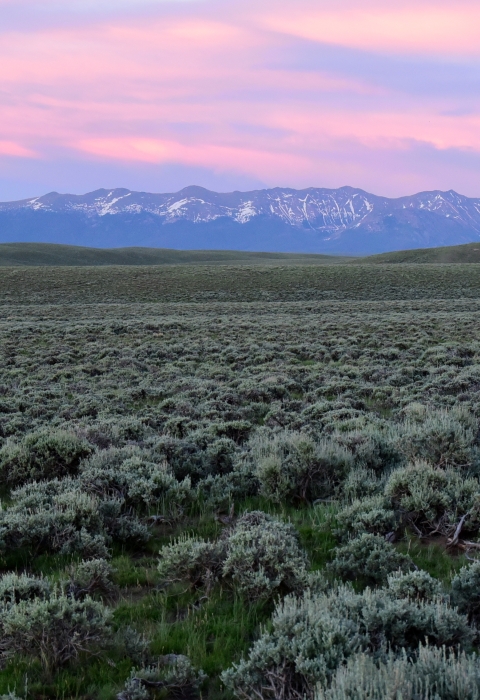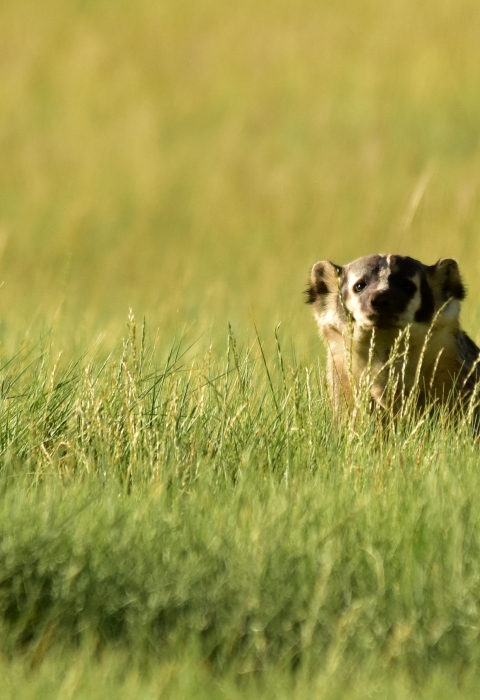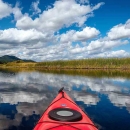Arapaho National Wildlife Refuge supports diverse wildlife habitats, including sagebrush steppe uplands, grassland meadows, willow riparian areas, and wetlands. This 23,464-acre Refuge was established in 1967 primarily to provide suitable nesting and rearing habitat for migratory birds.
Location and Contact Information
About Us
Arapaho National Wildlife Refuge is one of over 560 refuges in the National Wildlife Refuge System It is situated south of Walden, Colorado at an elevation ranging from 8,100 to 8,700 feet above sea level making it the highest refuge in the lower 48 states. Located in an intermountain glacial basin approximately 35 miles wide and 45 miles long; an area that is the northernmost of four such "parks" in Colorado; the region is known locally as North Park.
